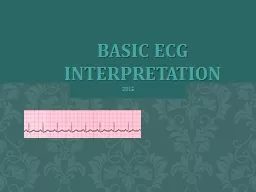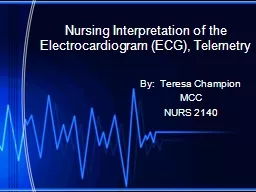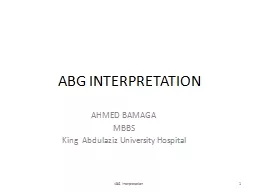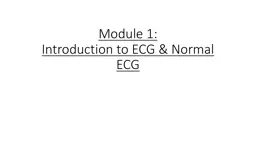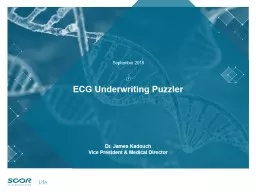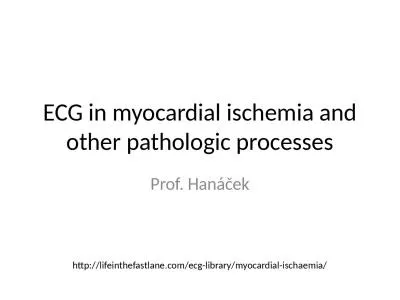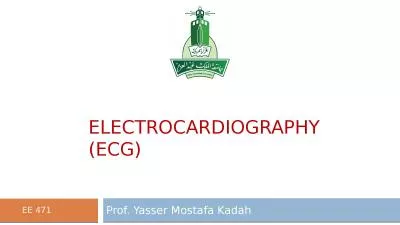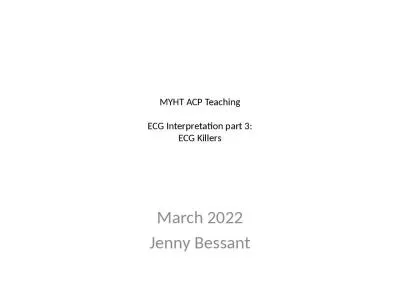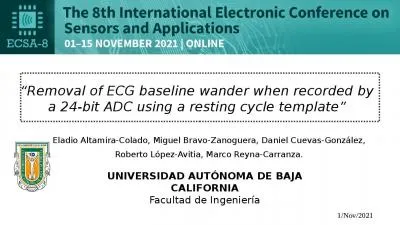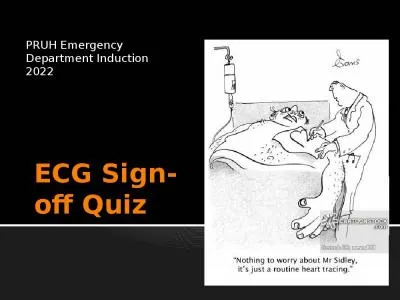PPT-2015 BASIC ECG INTERPRETATION
Author : hysicser | Published Date : 2020-06-16
Objectives review the ECG waveform and intervals Define myocardial ischemia injury and infarction Identify the 5 major infarct areas on the 12 lead Name occluded
Presentation Embed Code
Download Presentation
Download Presentation The PPT/PDF document "2015 BASIC ECG INTERPRETATION" is the property of its rightful owner. Permission is granted to download and print the materials on this website for personal, non-commercial use only, and to display it on your personal computer provided you do not modify the materials and that you retain all copyright notices contained in the materials. By downloading content from our website, you accept the terms of this agreement.
2015 BASIC ECG INTERPRETATION: Transcript
Download Rules Of Document
"2015 BASIC ECG INTERPRETATION"The content belongs to its owner. You may download and print it for personal use, without modification, and keep all copyright notices. By downloading, you agree to these terms.
Related Documents

